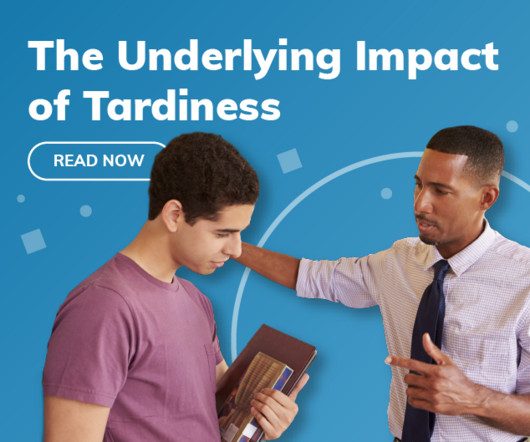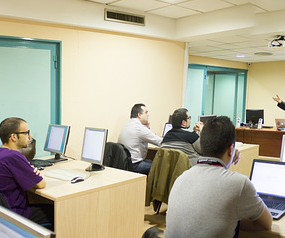Artificial Intelligence Is Coming. What Should We Teach?
Ed Tech from the Ground Up
FEBRUARY 20, 2018
The rise of artificial intelligence and its application to education means educators and startups needs to rethink how it can be applied in the classroom. The post Artificial Intelligence Is Coming. What Should We Teach? appeared first on Market Brief.









































Let's personalize your content